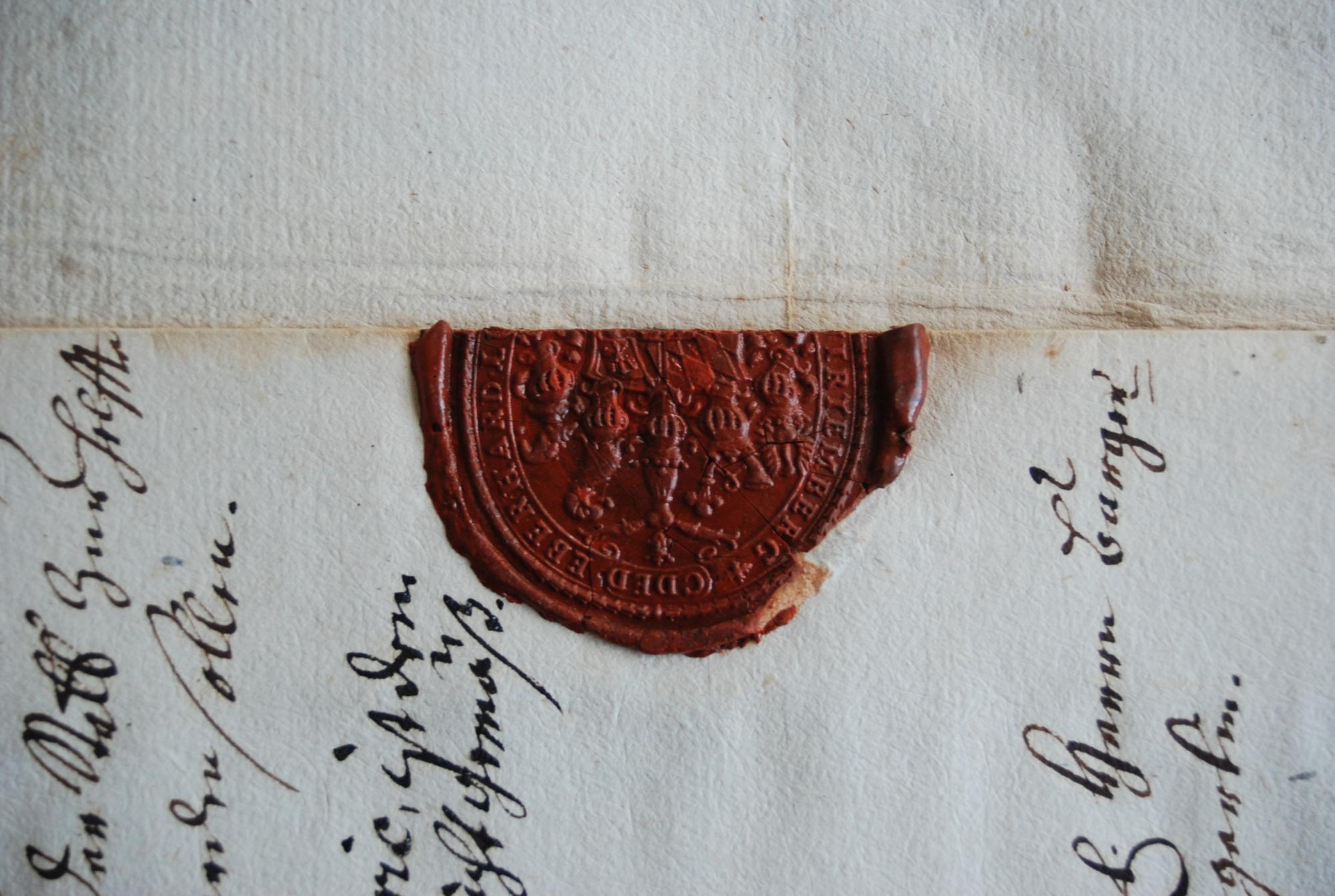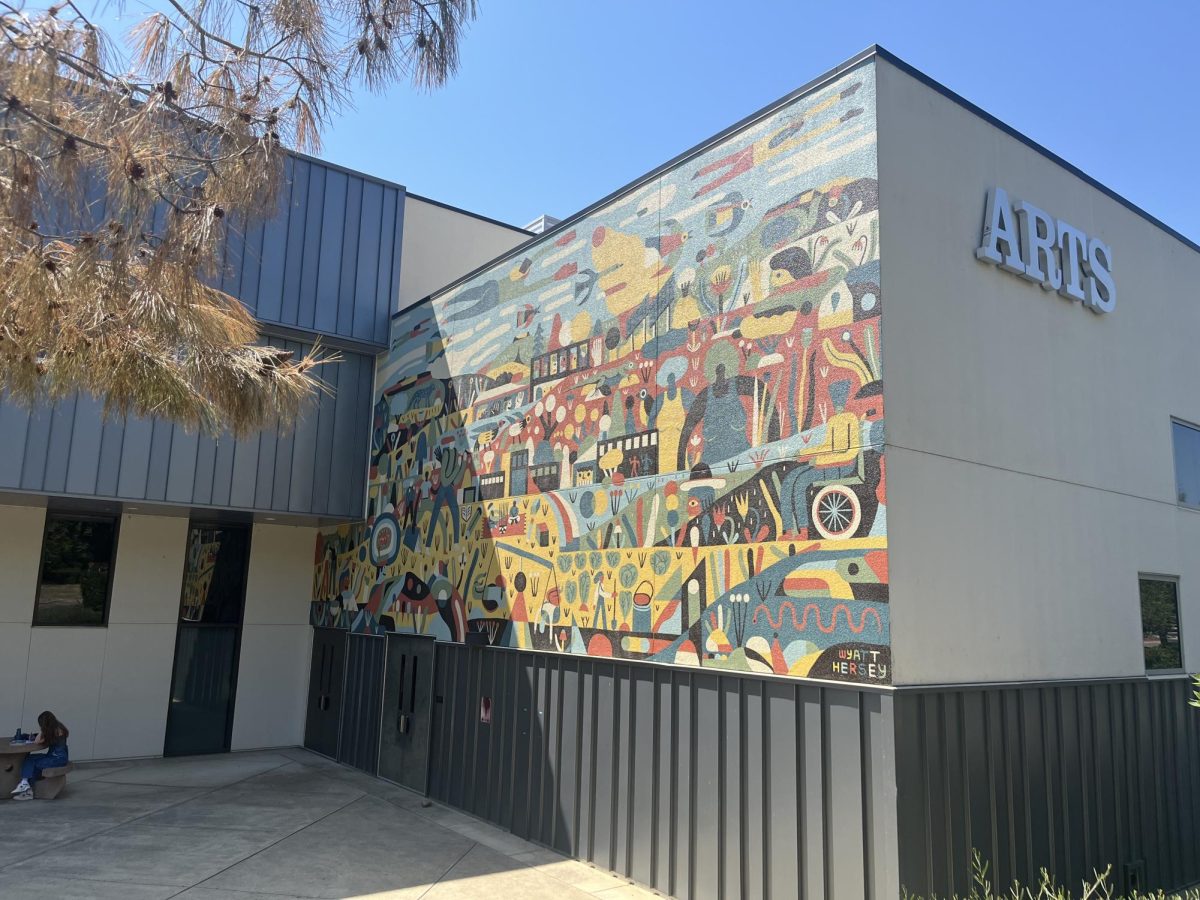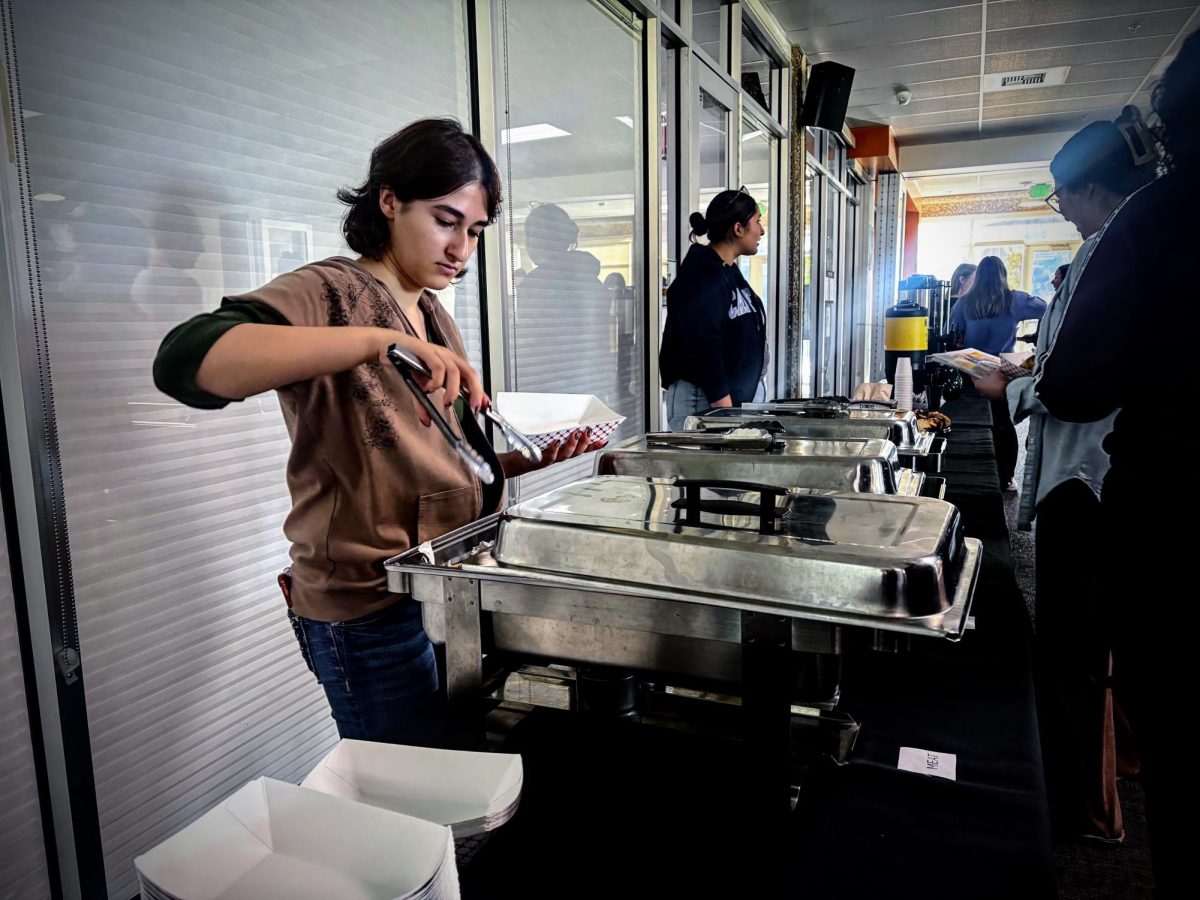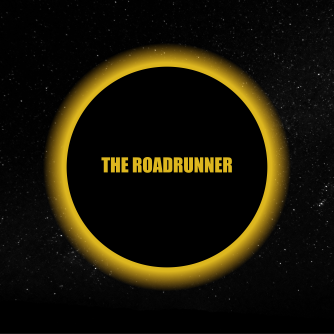As this semester wraps up, several senior staff writers for the Roadrunner will be moving on to the next phases of their education and career. What they leave behind is their own mark on a long and storied publication that has roots on Butte’s campus stretching to the beginnings of the publication.
Documents in a recently discovered archive on Butte’s main campus have revealed a largely forgotten legacy that the Roadrunner was started in 1968. For the last five and a half decades, there have been dozens of staff and advisors that have come and gone from the publication, each working tirelessly to produce content relevant to our community.
Over the years the Roadrunner has weathered budget cuts, changes to the journalism program, struggles to staff the publication, and most recently the inevitable death of print as some would call it.
In observance of its legacy, Roadrunner staff have undertaken an effort to scan and digitize the aging copies of the Roadrunner located in Butte College’s archive to preserve its rich history as a publication.
During this effort, Roadrunner staff stumbled across a tell-all booklet titled, “The Roadrunner, A Lengthy… Tale” written by none other than the creators of the Roadrunner. In this booklet, Roadrunner founders and advisors Richard Clark, Mark Hall, and Jim Schmidt chronicle the creation of the Roadrunner.
Details from the book include The Roadrunner’s shaky start as a publication, and the faculty and students that built the publication up to what it is today.
Mark Hall, an advisor to the Roadrunner from 1971 to 1976, described the conditions of the initial Roadrunner office located in the basement of the old Durham High School building,
“We spent three years in that dank and dingy basement producing the Roadrunner on schedule every two weeks with less than a dozen hardcore students, many of whom were willing and eager to work late nights to meet the printer’s publication deadline.”
Hall goes on to describe that the Roadrunner would struggle over the next several years by working out of tight quarters in borrowed space that they were frequently relocated from, and the difficulties of securing badly needed materials and equipment needed to run the publication.
Hall ruminated on the most pivotal moment for the Roadrunner in the 70s by sharing,
“During my time as advisor, the most significant improvement was getting administrative approval and funding to hire Kitty Fowler as full-time office manager to oversee the business side of the newspaper… She provided continuity of instruction and supervision on a full-time basis compared to the six hours a week that I was committed to spending there as a faculty advisor.”
To understate Fowler’s impact on the publication would be a crime. Under Fowler’s tenure, the newspaper doubled the average number of pages from four to eight, an addition needed to absorb the increased amount of advertising Fowler and her sales staff generated–funds that eventually paid all the printing costs for the newspaper (plus a 15% student commission for ad sales).
Through these efforts, the Roadrunner expanded into a publication known around the community.
Jim Schmidt joined the paper under these circumstances in 1976 and would go on to become the full-time adviser and instructor to the Roadrunner until 1987. Schmidt and Fowler shared responsibilities in the beginning with Fowler handling ads, production, and layout, and Schmidt teaching the writing aspects.
Schmidt admitted that the Roadrunner had grown some thorns by this point in time. Schmidt relays this by saying,
“The Roadrunner committed to watchdog activities (keeping an eye on the college budget and questioning administrative moves to fire faculty, among other things. Not an issue was published during the first seven of my eleven-year tenure as adviser that I didn’t get a call from a trustee or an administrator challenging the content of this or that story and asking for more “positive news” about the campus. In the early 80s, we were politely asked to leave but not go away.”
In the ‘70s and early ‘80s, the Roadrunner, then a weekly publication, was a bastion of student journalism, even receiving first-place awards from the well-respected journalism institution Columbia University.
Ad records and scraps of paper from the archive demonstrate the time-consuming work required to run the publication. The Roadrunner meticulously documented every dollar spent per semester with account balance sheets detailing even the most minute expenditures.
This need for the publication to be self-sustaining is apparent with one handwritten note,
“The paper must make at least $450.00 each issue for it to pay for itself- if you find a declining trend, make sure you bring it to the Ad Manager’s attention.”
Fowler would eventually leave the Roadrunner in the early ‘80s, taking her expertise with her to start her own newspaper in Oroville, The Rabbit Creek Journal. She was succeeded by Robert Speer who stayed on staff for roughly two years.
Schmidt explains that when Speer resigned from the general manager position, a replacement was not hired. This lack of a general manager greatly diminished the Roadrunner’s ability to stay financially sound through ad revenue.
In 1987, Schmidt shared that the Roadrunner had begun to decline. Fewer students enrolled in the program, fewer issues were being published, and less advertising revenue all culminated in a Board of Trustees’ decision to discontinue the Roadrunner as a college publication in 1991.
Records were requested by current Roadrunner staff to shed some light on the 1991 decision. Interim Public Relations Officer for Butte College, Christian Gutierrez, shared the board minutes and agenda from 1991, documents which revealed the difficulties the administration faced with the program.
In summary, the Board cited the lack of a full-time general manager for the newspaper and the associated costs of producing the publication ($30,000 annually for the general manager) as reasons to end the production of the paper. This ultimately spelled the ten-year demise of the Roadrunner.
In the administration’s defense, there were efforts made to preserve the journalism curriculum at Butte, and classes in news writing continued to be offered, but the resources to fund the Roadrunner did not match the demand; and, as a result, the Roadrunner ceased to exist as a publication shortly after 1992.
Jim Schmidt, in true Roadrunner fashion, published a memoir in 2011 about this period and the end of an era for the Roadrunner by saying,
“During my period as an advisor, my students became friends and family… Daniel Donnelly was the [Roadrunner] production manager-art director for a year. He’s now the director of the college’s Media Arts Program. Many students went on to become writers, to teach journalism or become journalists, professional photographers, and graphic artists. To fully function as a true college, a place where people come to think and learn, a place where a student can express and challenge diverse ideas and opinions, Butte College needs a newspaper and a strong journalism program… There was a Roadrunner newspaper heyday, a time when students ran the newspaper and made it great– and I’m proud and glad to have been a part of it. – Jim Schmidt, instructor-adviser, 1976-1987.”
A 2002 Chico News and Review article describes this transitory period for the publication in an article titled “Is the Roadrunner Dead?” written by Laura Smith. The article details the hard work of four staffers to revive the publication from its defunct state after its ten-year hiatus.
Stuart Kuhlman, Felipe Godinez, Sally Mau, and Shannon Re are largely responsible for ensuring the publication’s revival by securing donations and ad revenue upwards of $5,000 in the early 2000s. $2,000 of which was secured through an endowment from the Butte College Foundation.
Sally Mau shared her experience in trying to revive the paper and described the effort as,
“This class turned out to be not just a normal class, we weren’t just doing class work and then going home. … We spent days and weeks and many, many all-nighters trying to put this thing together...”
Thanks to their efforts the journalism program and the Roadrunner have survived the following two decades.
This is the part of the story we find ourselves in today. I joined the Roadrunner in 2021 when there were only a handful of regular staff writers and the publication was largely run by two students until one left and the production of the paper for half the semester was left solely to the previous editor, Dillon Longmire.
When I started, I couldn’t have imagined I would get the chance to interview politicians, business owners, artists, and administrative officials in the community.
Since then, I have seen my peers go above and beyond in dedicating their own time and searching for stories in the community that otherwise would go untold or underrepresented.
There has also been an upward trend in journalism enrollment in the last two years and a concentrated effort to improve the publication’s impact and reach.
These efforts include expanding the Roadrunner to social media, the launch and design of a new website for the Roadrunner, preserving original issues in a digital repository, and networking for the publication by staff writers and the Journalism Department Chair and Instructor, Kelly Fredericks.
These actions mark a new era for the publication and remind the community there is a legacy to behold when it comes to the story of the Roadrunner.
The efforts made over the last two years by the outgoing Roadrunner staff will be cemented in the publication’s history. Lending itself to what is surely a lengthy tale, and a legacy continued.
This brief history of our newspaper was previously published in Spring 2024. The writer currently works as an intern for KZFR, Chico’s local public radio station.




